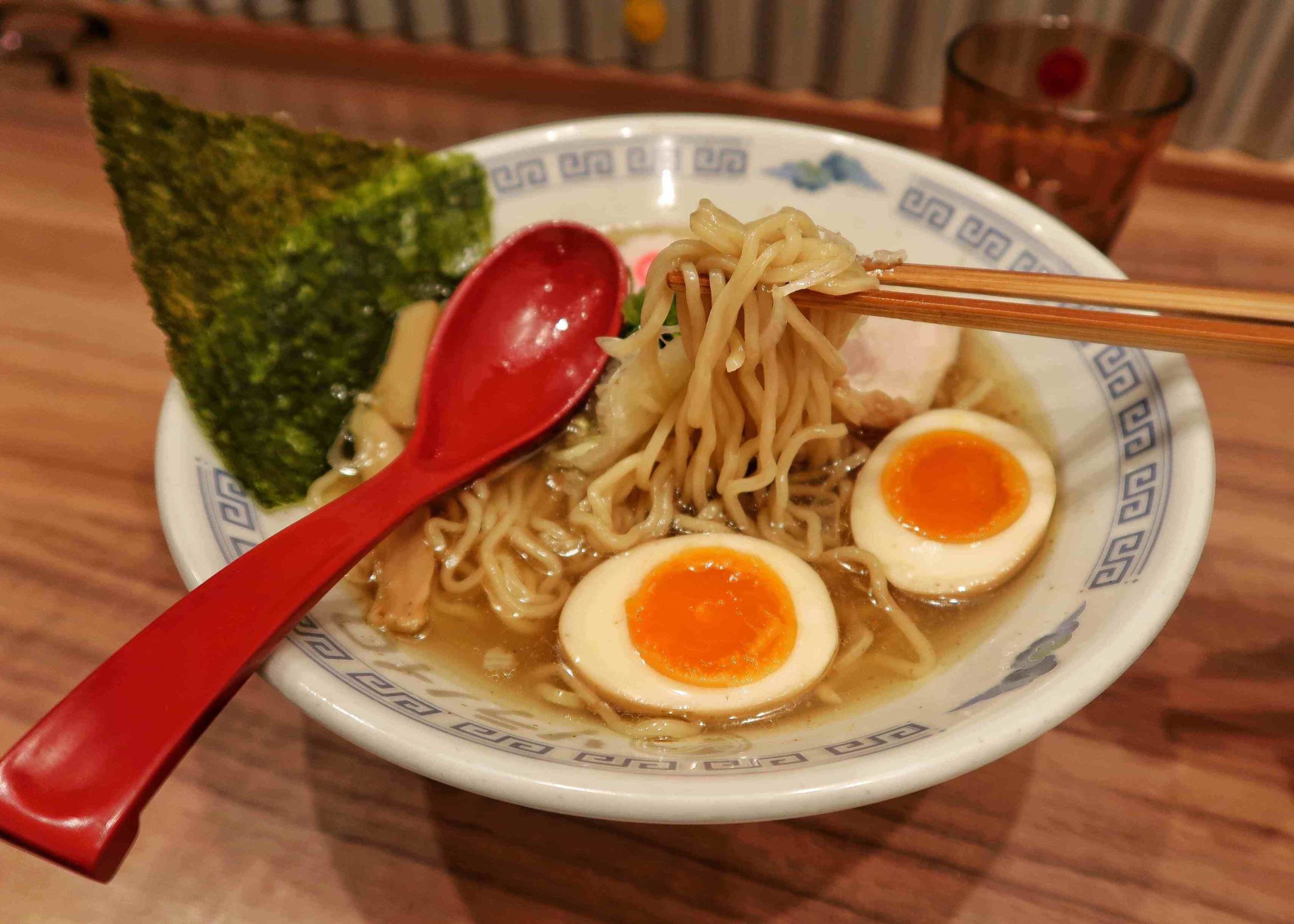
Slurping up the Strands & Theories of Ramen History.
Ramen is undoubtedly one of Japan’s most known food. And beyond the country, it is a favorite bowl to slurp up all around the world. Learn the theories of the first bowl, evolution, and popularization. Here is a brief guide to ramen history:
Chinese Origins & Theories of the First Bowl
Chinese Origins
Ramen’s noodle soup history traces back to Chinese origins and the immigration of Chinese merchants dating back to the 17th century.
The Chinese called these noodles “la mian” which means handmade noodles in Chinese. In the Japanese language, “l” is a foreign letter and l-words are therefore more difficult to pronounce so it often gets pronounced as an r-word. Hence, “la mian” to “ramen”.
By the 18th century, locals called this noodle soup, “Shina soup” or Chinese soup. “Shina” was actually a derogatory term for Chinese, so after World War II, the name of the dish changed to “Chuka soba”.
Theories of Japanese Tasting the First Bowl
Theory 1
One theory suggests that a Chinese scholar brought the recipe over to Japan. This scholar served as an advisor to Tokugawa Mitsukini, a Japanese feudal lord, who was the recipient of the first bowl of ramen made in Japan.
Theory 2
Another origin rooms ramen to the ports of Japan where there were Chinatowns like in Kobe and Yokohama. Chinatowns were created in Japan as a way to have the Chinese live separately from the Japanese locals.
Japanese men would observe the culture and cuisine in these Chinatowns, including how they dined family-style and ate meat-focused meals. They also saw the slurping of Chinese soba which at that time was too fatty and meat-laden for the Japanese palate. Soon after their observations, these Japanese men would taste the la mian for themselves.
Theory 3
A third theory roots the Chinese-influenced dish to Chinese workers in Tokyo who started noodle soup shops using ingredients that were affordable and locally available. These bowls were filling and fast for the nearby city workers.
Evolution & Popularization
Evolution
The Meiji period in the last 1800s opened up the Japanese palate for meat. They were influenced by the presence of Westerners whose diets were based on bread, milk, and meat. The Japanese thought that these were the key foods to be as tall and strong as the Europeans.
This, then, paved the way for the acceptance of meat-based ramen which was easy to accept as their own cuisine already included buckwheat soba noodles and udon. The soup base of ramen evolved to include additions like miso to have that umami element.
World War II in Japan brought famine and food shortages which lead to rations and locals not eating out. After the war, laborers worked to revitalize the cities and towns loved the convenience and quick fill of ramen in specialized noodle soup shops. They could have a fast, cheap, quality meal for breakfast, lunch, and dinner. The growth of ramen shops at this time led to the ramen’s mainstay as a staple dish in Japanese culture.
In 1958, Ando Momofuku invented instant ramen which is considered the biggest Japanese invention of the 20th century. By the 1980s, ramen was a cultural icon with ramen museums opening up around the country.
Then by the 1990s and 2000s, ramen became an international sensation to the point were customers spend close to $20 USD for a bowl in America (thanks to chefs like David Chang), whereas in Japan it’s at least half that price.
Popularization
Ramen is so popular and so widespread in Japan that you can find regional variations all over the country. Variations include differing broth bases, proteins, and the noodle itself.
For instance, up north in Sapporo the broth is made with miso and toppings include the local seafood. In Tokyo, bowls specialize in a chicken broth flavored with soy sauce. Nearby in Yokohama, ramen is made with pork broth flavored with soy sauce and eaten with thick, straight noodles. And down south in Hakata, ramen features the internationally known pork bone broth, or tonkotsu, eaten with thinner noodles.
Japan is truly a national and international sensation. In fact, there are over 10,000 ramen shops in Tokyo and over 30,000 in the country!
Read more about Ramen:
Ramen at Home with Ramen Take Home Kits
Travel Goals: Ramen Street at Tokyo Station
Travel Goals Continued – Ramen Street at Tokyo Station
Yokohama Cut Noodle Museum: A Day Trip from Tokyo
Menbakaichi Fire Ramen in Kyoto
Buy your Official JR Pass and Regional Pass!
Stay connected in Japan with Pocket Wifi!
Arrive in style and convenience with Meet & Greet service!
Sign up for my newsletter on the sidebar for blog updates and my travel insider tips! And, check out my vlogs on YouTube!



